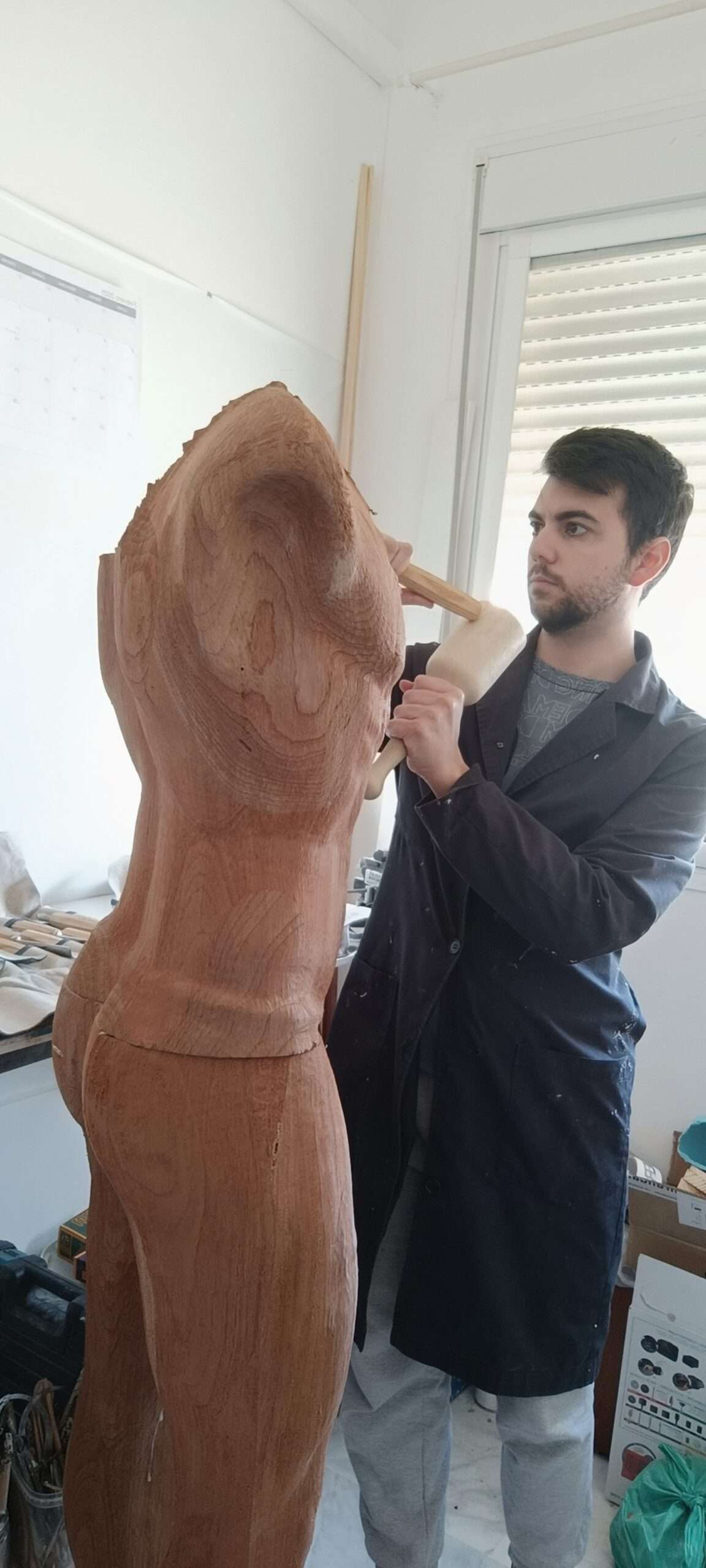«Sculpture does not consist in the mere carving of the form of a thing, but in the carving of its effect.» John Ruskin
Religious imagery is a specialty of sculpture dedicated to the visual representation of religious themes specific to the Catholic religion and culture. These representations have devotional, liturgical, processional, or catechetical purposes.
The first sculptural manifestations of Christianity date back to the 3rd century AD, although with a more symbolic character. However, it was not until the Council of Trent (1545-1563) that sacred art took on the prominence it has today. This is due to the Protestant Counter-Reformation, where Catholicism, in opposition to it, placed great importance on devotional artistic expressions.
From then on, and especially in Spain, artists were at the service of the Church. Thanks to this, different schools of sculpture emerged throughout the country, with artists who laid the foundations of modern religious imagery: Gregorio Fernández, Pablo de Rojas, Juan Martínez Montañés, Juan de Mesa, Pedro Roldán, and many others.
Therefore, imagery is a very complex art. Personally, I like to distinguish between the sculptor and the image-maker. The sculptor is the one who creates art by playing with the three dimensions, regardless of emotions. However, the image-maker should not represent the reality of a historical event with naturalistic forms; rather, their images should convey feelings of devotion and piety. When a person sees an image of the Lord and His Blessed Mother, whether they are a believer or not, it must move something within. This is what we call “anointing.”


To create an image, a clay sketch is first made so the client can see if it fits with their idea and if they like it, and then approve it.
After receiving a positive response, the image is carved in wood. Cedar wood is typically used, as it has a bitter smell and taste that repels wood-eating insects. It is, therefore, the best wood to ensure the image’s preservation.
Once the carving phase is complete, the wood must be treated and prepared with animal glue and stucco to be able to receive the oil polychrome.
A finished image is finished with artificial elements, such as natural hair eyelashes, glass tears, natural hair wigs, among others.
In my workshop, traditional methods are combined with modern contributions. Thanks to my university training in Conservation and Restoration, I can use more contemporary, technically proven materials and tools that ensure better conservation and durability of an image, thanks to their stability and compatibility.